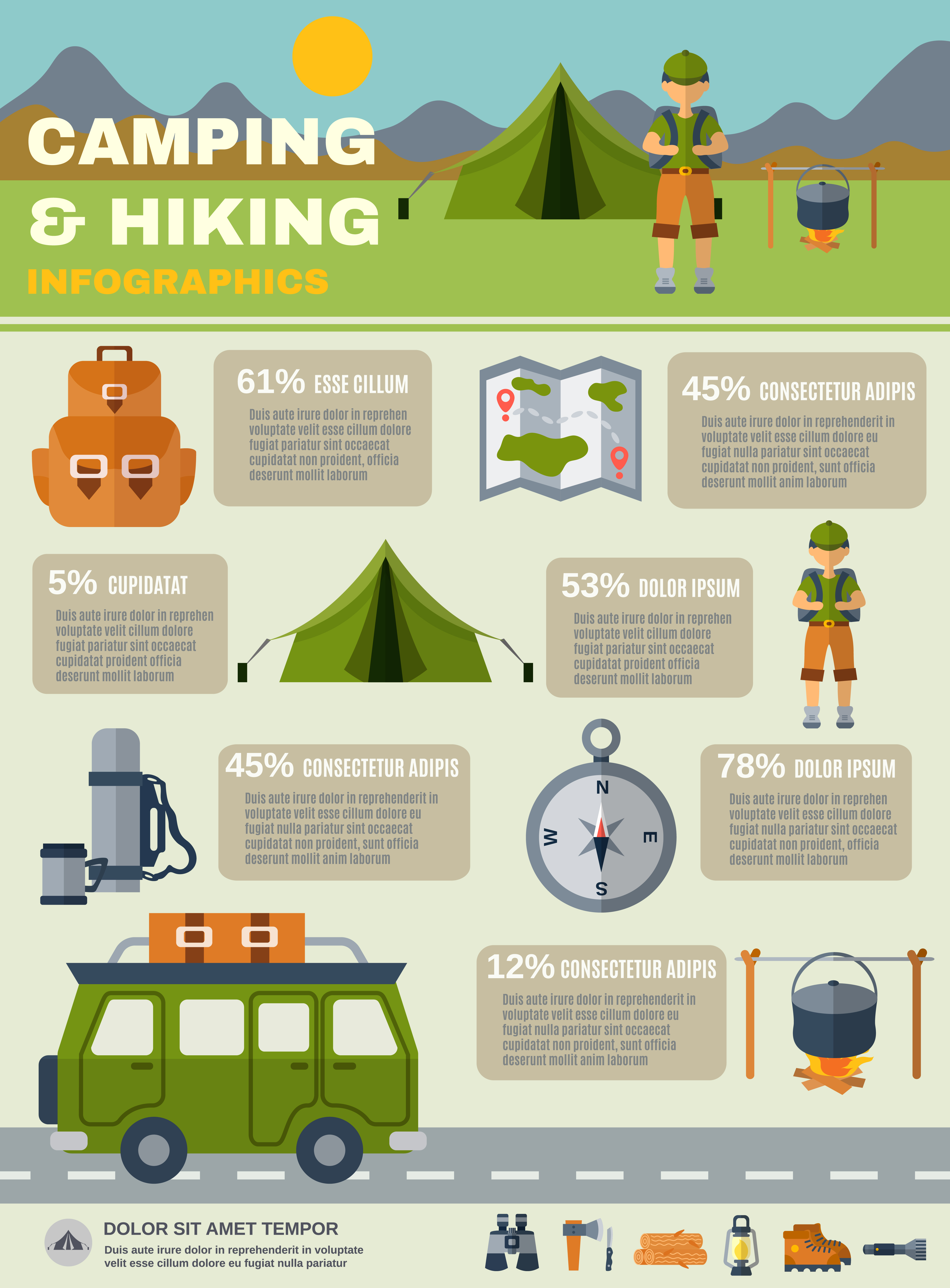If you camp frequently in locations with rocks or sharp downed branches or simply hate packing away a damp, sloppy outdoor tents, then a footprint is absolutely worth taking into consideration. Footprints are likewise reasonably inexpensive compared to a brand-new outdoor tents.
How much wind can a tent take?
Lots of outdoor tents suppliers offer their own particular impacts, which are reduced to the specific size of the tent floor. Nevertheless, you can make one on your own with a light-weight fabric like polycryo or tyvek.
Weather
Whether you require an impact actually depends on the conditions you'll be camping in. If you're backpacking in a location where the ground is normally damp (it's virtually unavoidable), a camping tent impact can be a valuable addition to your kit, as it will prevent your tent floor from coming to be soaked.
Nonetheless, if the impact is too big it can serve as a dampness catch and possibly allow water to pool under your camping tent. This can be prevented by seeing to it the footprint is cut a little smaller than your camping tent on all sides.
Normally talking, it's best to get a footprint from the same producer as your camping tent to make certain a specific fit. They additionally tend to be made from thicker, much more sturdy products than do it yourself alternatives. They can be expensive for something whose sole purpose is to safeguard the ground beneath your outdoor tents, but it can be a rewarding financial investment if you respect the long life of your equipment.
Surface
Several top quality outdoors tents can function well without an impact, particularly those that have bathtub floors made of durable products. Nonetheless, the surface you trek on can have a considerable effect on exactly how rapidly your camping tent floor breaks. Granite pieces, sandstone and other rugged surface areas use via all-time low of your tent much faster than verdant fields or woodland floors.
A footprint or ground cloth helps expand the life commercial tent of your camping tent by serving as a barrier in between the ground and the sewn-in groundsheet of your camping tent, states REI senior sales specialist Elizabeth Nguyen. It additionally secures the camping tent from abrasive elements like sharp branches and rugged rocks that might puncture or tear the sewn-in flooring. When choosing a footprint for your tent, it's important to guarantee it's somewhat smaller than the tent on all sides. This protects against water from merging between the outdoor tents and footprint during a rainstorm, which can seep right into your outdoor tents. The very best option for a footprint is to acquire one developed for your specific outdoor tents, which will certainly guarantee a tight fit.
Camping Tents with Lower Deniers and Water-proof Scores
Whether you're an informal backpacker or a hardcore traveler, the sturdiness level of your outdoor tents is a crucial consideration. Outdoors tents created to be ultralight, bordering on minimal, typically trade off some level of sturdiness in the fabric and products utilized.
One fabric specification you'll experience is denier, which describes the weight in grams of a 9,000-meter size of yarn that comprises the tent's cover, rainfly, and/or floor. A greater denier spec signifies a lot more rugged textiles, while lower numbers show lighter and less sturdy materials.
Various other specs to look at consist of floor measurements, vestibule size, and interior pockets. The previous reflects the total square-footage that can be used for comfortable room, while the latter can contribute in storage by giving a location to stash gear over night and in bad weather condition. Ventilation is likewise a crucial variable; as you exhale dampness during rest, it needs to get away, or condensation may accumulate inside. Attributes such as mesh windows and panels and flexible rainfly doors help boost ventilation and avoid this from taking place.
The Cost
The expense of a tent can affect its performance, and it is also vital to consider just how much you can afford to invest. Backpackers looking for a lightweight sanctuary should aim for an outdoor tents with a livability rating of a minimum of 2 stars, and when possible, three or more.
Livability describes just how roomy a tent really feels, with clearance and floor measurements playing a huge duty. Historically, backpacking camping tents made use of steeply sloped wall surfaces and marginal space to conserve weight, yet modern products allow designers to supply even more comfort while keeping weight reduced.
Storage is one more variable to consider, with vestibules and a quick-pitching style helping in reducing setup time. Additionally, the kind of material finish and how the camping tent is saved can affect durability. For instance, a PU coating that breaks down faster when damp, or is subject to repeated cycles of storing and un-stowing, can significantly shorten the life-span of a tent. Similarly, utilizing a personalized footprint instead of packing an outdoor tents in a haphazard way will certainly also extend its life expectancy.
What should I look for when buying a tent?
